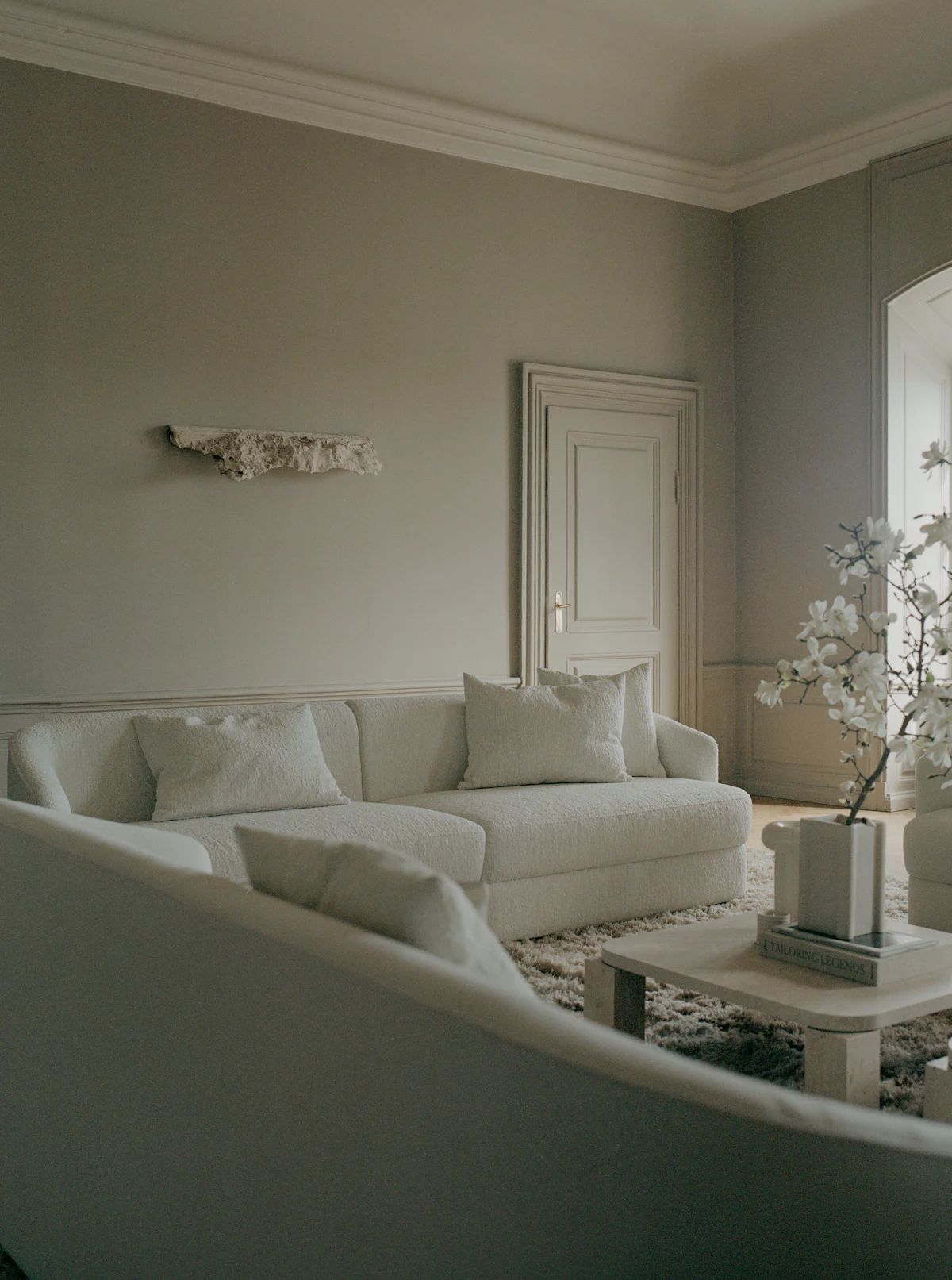Through the lens of…
Camilla Hansen and Caroline Feiffer-one a begetter, the other an explorer in the world of hospitality. We admire both for their eye for the standout experience-one that pleases the senses and lingers in the mind.

Michelin-starred restaurant Alouette was founded in 2018 by the couple Camilla Hansen and Nick Curtin, with a focus on creating a sustainable future for cuisine. Alouette offers a fine dining experience that emphasises farmers and their produce, where every detail is thoughtfully considered and meticulously cared for. The restaurant recently relocated to new surroundings in the heart of Copenhagen, undergoing an extensive renovation in partnership with Studio David Thulstrup.
During this year’s 3daysofdesign, we hosted a panel talk on the theme The Art of Welcoming with voices from the world of hospitality. In conversation with Camilla Hansen and Caroline Feiffer, we explored how intention and care shape the spaces that draw us in.
Travel and design editor Caroline Feiffer is what one could call an experienced guest. She has a keen eye for aesthetics, which shines through in her poetic travel curations for international publications and in her digital platform, Via Oltra - an inspiring visual space centred around hospitality and design. Here, Caroline guides us to enchanting, rejuvenating spots, advocating for a wholesome and beautiful way of life.
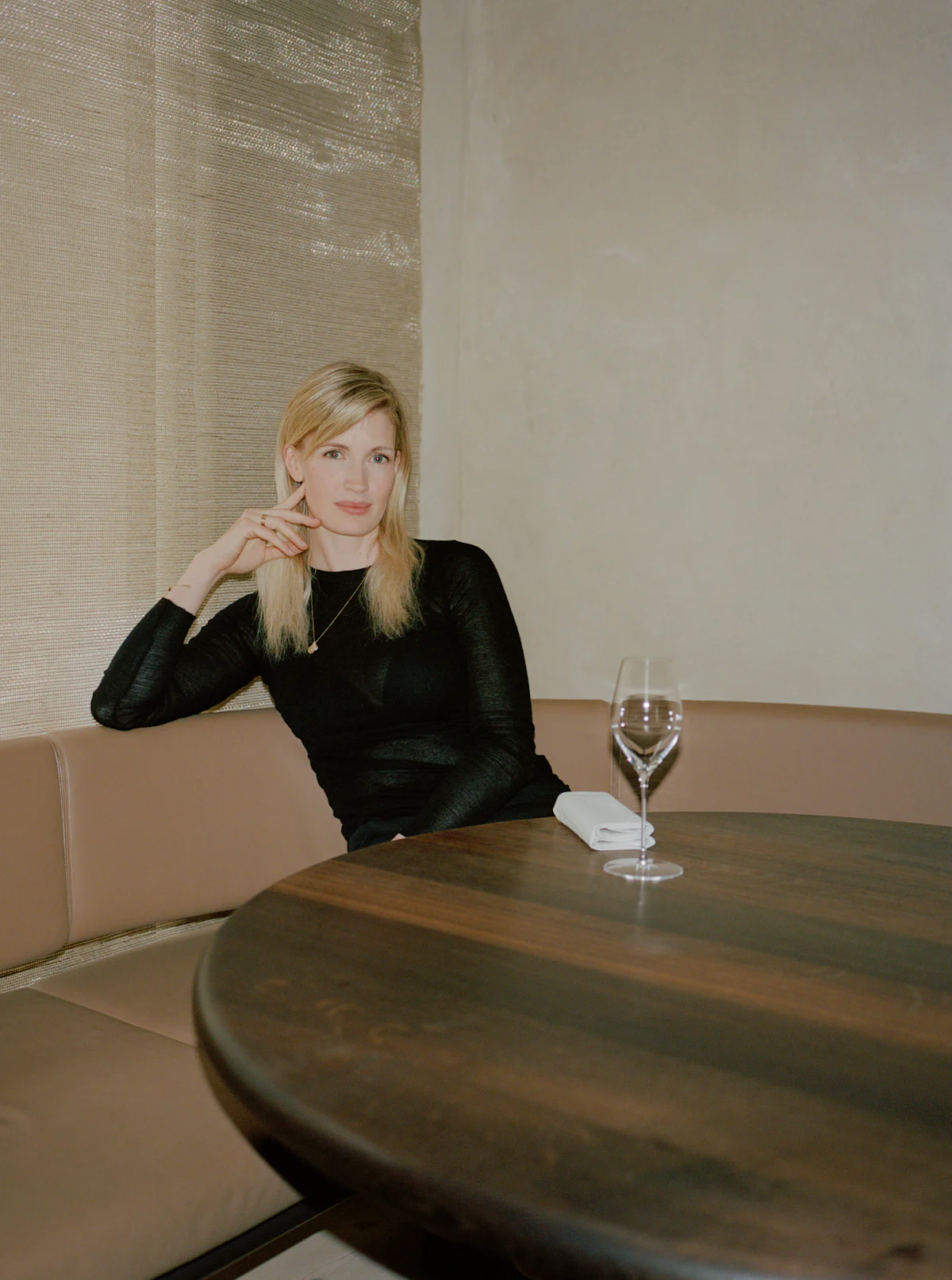

Michelin-starred restaurant Alouette was founded in 2018 by the couple Camilla Hansen and Nick Curtin, with a focus on creating a sustainable future for cuisine. Alouette offers a fine dining experience that emphasises farmers and their produce, where every detail is thoughtfully considered and meticulously cared for. The restaurant recently relocated to new surroundings in the heart of Copenhagen, undergoing an extensive renovation in partnership with Studio David Thulstrup.
During this year’s 3daysofdesign, we hosted a panel talk on the theme The Art of Welcoming with voices from the world of hospitality. In conversation with Camilla Hansen and Caroline Feiffer, we explored how intention and care shape the spaces that draw us in.
Travel and design editor Caroline Feiffer is what one could call an experienced guest. She has a keen eye for aesthetics, which shines through in her poetic travel curations for international publications and in her digital platform, Via Oltra - an inspiring visual space centred around hospitality and design. Here, Caroline guides us to enchanting, rejuvenating spots, advocating for a wholesome and beautiful way of life.

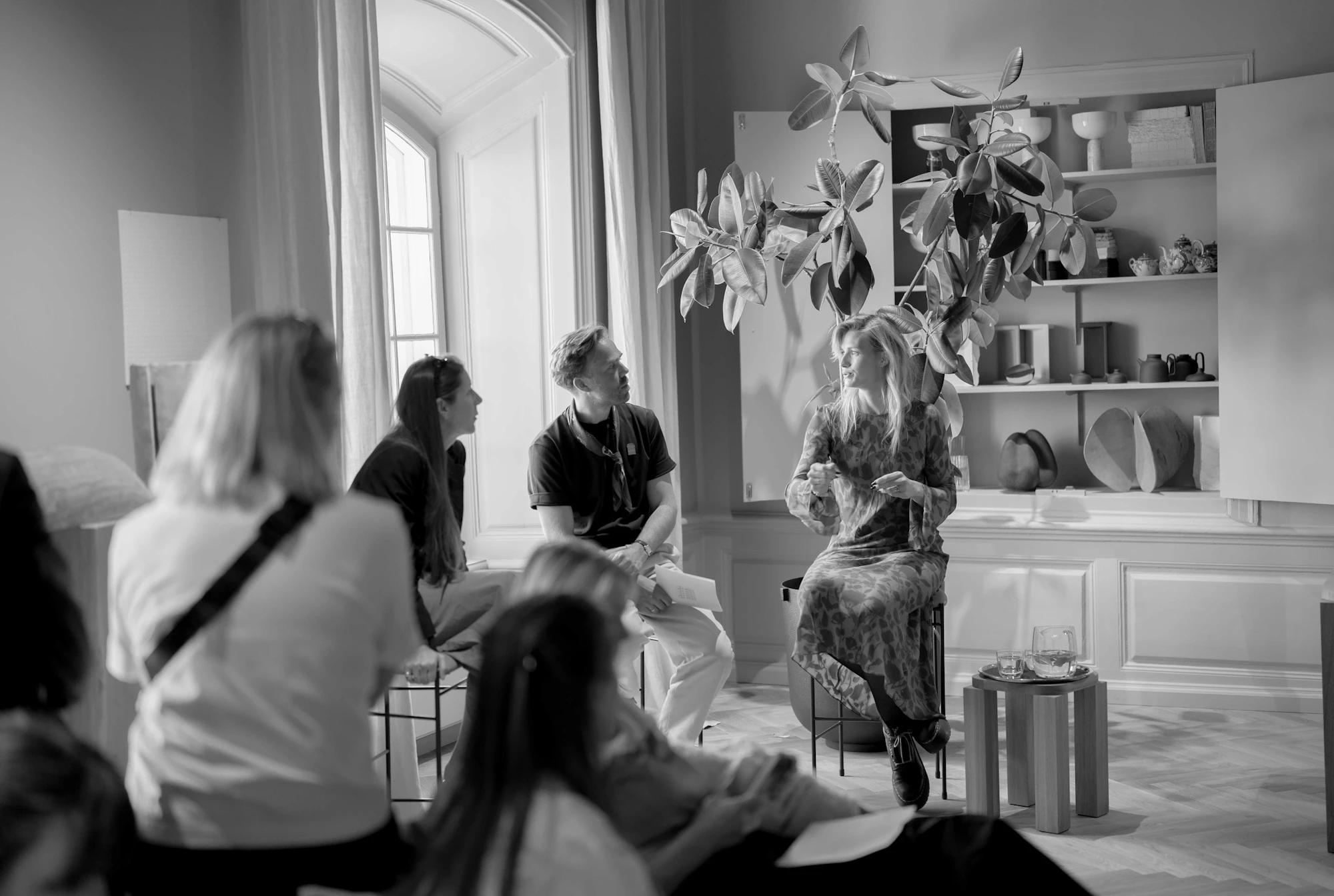

Camilla, is there a particular feeling you aim to evoke in your guests?
CH: A sense of calm curiosity. Like being somewhere familiar, but still new. It’s not about being flashy-it’s about depth. Guests should leave feeling like they’ve been let in on something special, without being shouted at about it. We want people to feel taken care of, inspired, and, maybe, just a little surprised.
'How a place greets you upon arrival is an acute indicator of the overall attention to detail.'
Can you tell us about a hospitality experience that has left a lasting impression?
CF: This specific scenario is from a trip a few years back-arriving after a long journey at the foot of a tall Amalfi Coast cliff, where a steep staircase led to a place that has indeed left a lasting impression. How a place greets you upon arrival is an acute indicator of the overall attention to detail. In this case, a hidden shaded terrace welcomed us: white tablecloths swayed in the sea breeze, ironed to perfection; a long bench with a thick striped cushion invited us to take a seat overlooking the ocean. The scent of fresh linens and fragrant citrus florals filled the air, and a refreshing lemonade was served. The name Casa Privata perfectly encapsulates the feeling of this place - a private home away from home, and a fine example of how environments that engage and excite the senses, while evoking emotion, are essential in hospitality.
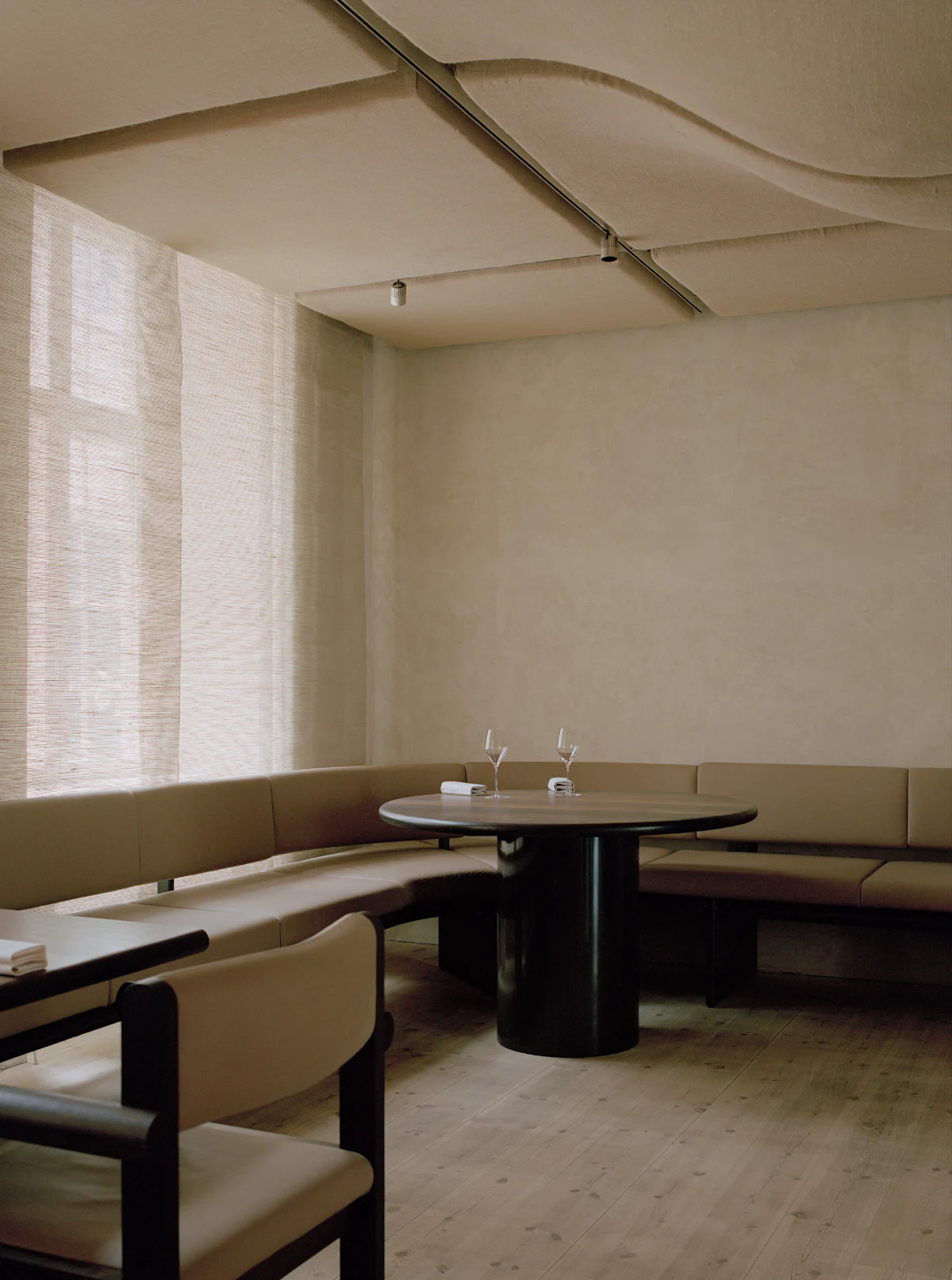

Camilla, is there a particular feeling you aim to evoke in your guests?
CH: A sense of calm curiosity. Like being somewhere familiar, but still new. It’s not about being flashy-it’s about depth. Guests should leave feeling like they’ve been let in on something special, without being shouted at about it. We want people to feel taken care of, inspired, and, maybe, just a little surprised.
'How a place greets you upon arrival is an acute indicator of the overall attention to detail.'
Can you tell us about a hospitality experience that has left a lasting impression?
CF: This specific scenario is from a trip a few years back-arriving after a long journey at the foot of a tall Amalfi Coast cliff, where a steep staircase led to a place that has indeed left a lasting impression. How a place greets you upon arrival is an acute indicator of the overall attention to detail. In this case, a hidden shaded terrace welcomed us: white tablecloths swayed in the sea breeze, ironed to perfection; a long bench with a thick striped cushion invited us to take a seat overlooking the ocean. The scent of fresh linens and fragrant citrus florals filled the air, and a refreshing lemonade was served. The name Casa Privata perfectly encapsulates the feeling of this place - a private home away from home, and a fine example of how environments that engage and excite the senses, while evoking emotion, are essential in hospitality.

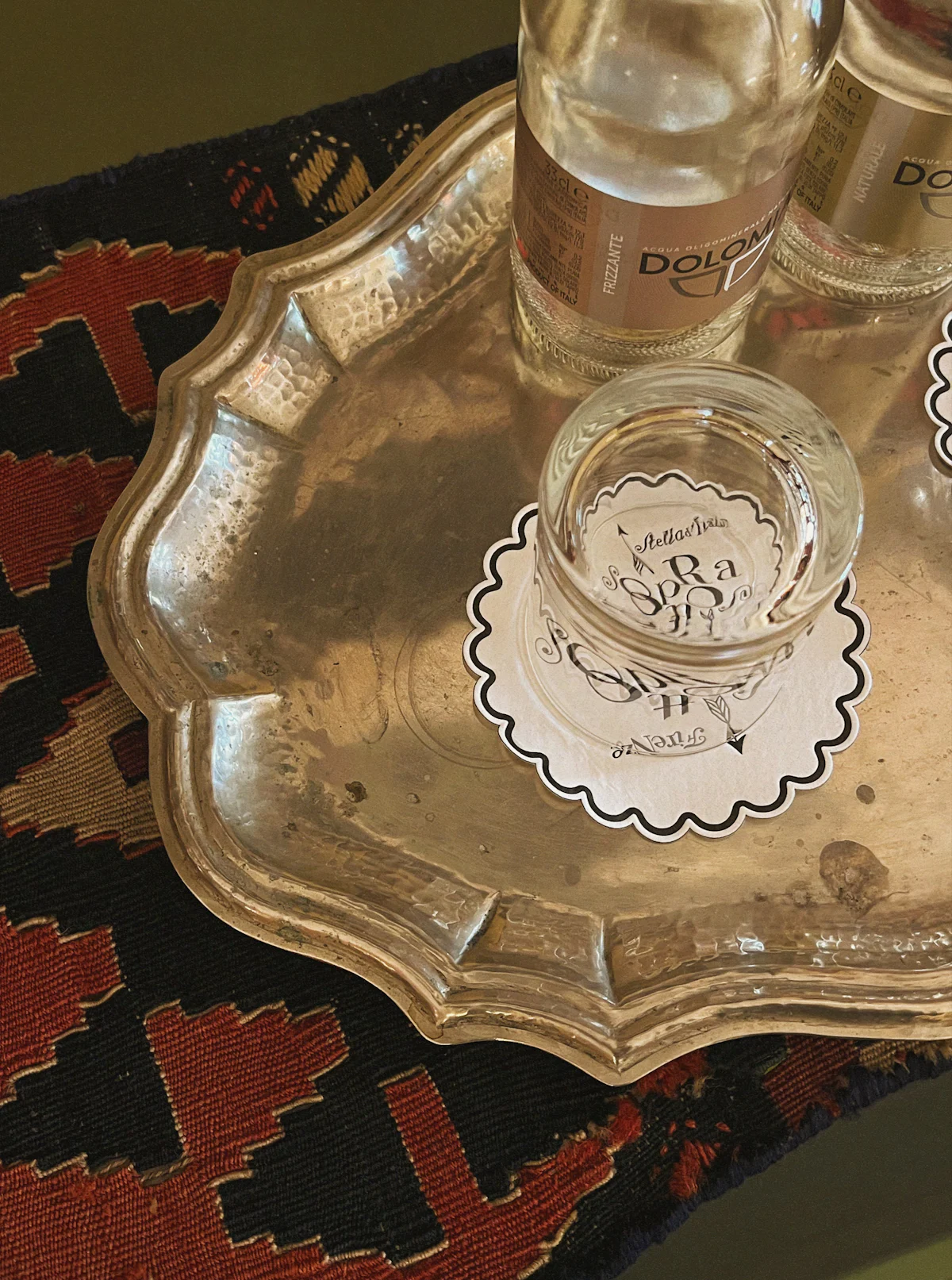
Taste, smell, sound, touch and what meets the eye stay with us, connecting us to a place and a time.
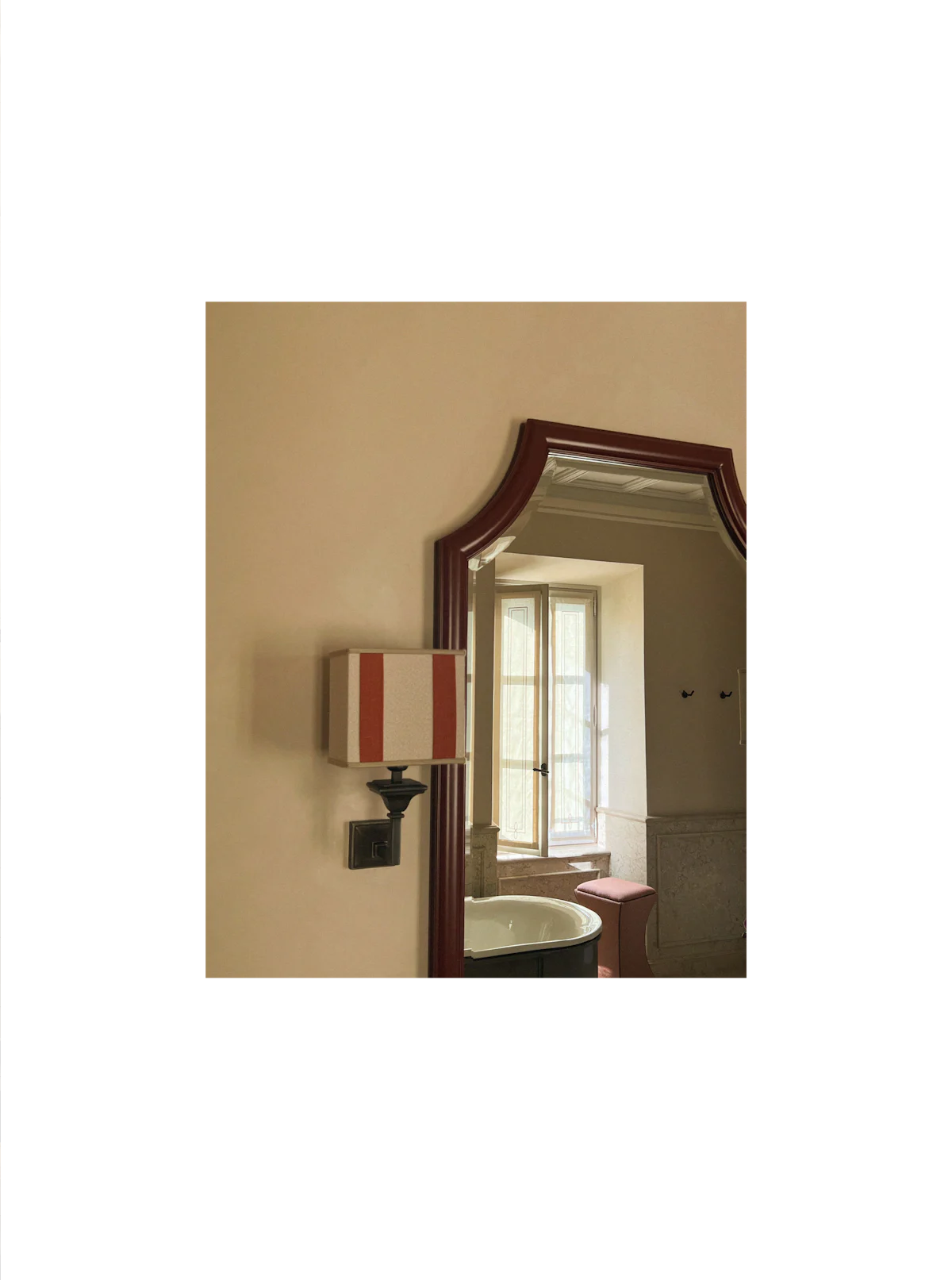

How do the culinary experience and the physical setting interplay to create a cohesive whole?
CH: Both are built on the same foundation: craftsmanship, curiosity, and care. The food and the room speak the same language. Nothing is there just for show. And everything - from the handmade ceramics to the stories behind the dishes - connects back to the people and producers we work with.
In your opinion, what are the components that make a hotel an extraordinary experience
CF: I long to return to a hotel when everything aligns - when I’ve felt at home and inspired. I’m an aesthete and a lover of authenticity, which is why visual surroundings are important to me, as are service and the food scene. I appreciate the unusual thought in the details. When someone has gone the extra mile to make a stay memorable, it instinctively creates a connection to a place.
How has the interior design of Alouette been shaped to reflect or reinforce that intention?
CH: The space was shaped with intention; nothing is random. We focused on acoustics, light, and materiality to create a calm and tactile environment. There’s no art or decoration for decoration’s sake. Instead, the craftsmanship is the story - in the wood, the steel, the Swedish granite. Everything has been chosen for how it feels, sounds, and lasts.
What role do you think interior plays in the experience of a hotel stay?
CF: I believe design plays one of the central roles - if not the central role-in shaping the mood of a stay, especially in this day and age. It’s never been easier to get a sense of a place; browsing a geotag’s visuals can reveal both beauty and the “beasts” of a place. That’s why being significant and consistent throughout one’s design narrative is paramount. Roughly speaking, design connects a hotel with its peers through a shared fascination with a design language.
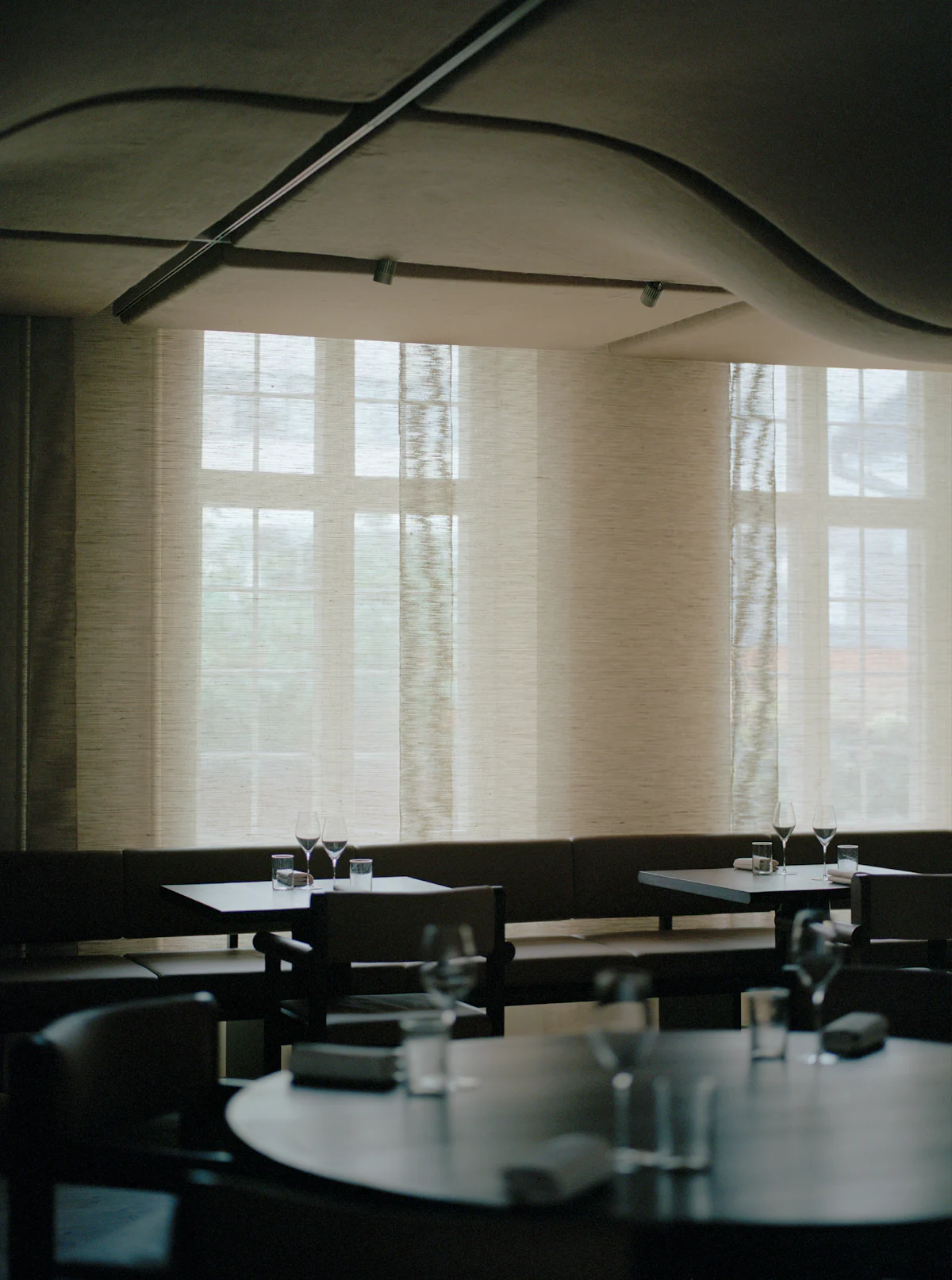

How do the culinary experience and the physical setting interplay to create a cohesive whole?
CH: Both are built on the same foundation: craftsmanship, curiosity, and care. The food and the room speak the same language. Nothing is there just for show. And everything - from the handmade ceramics to the stories behind the dishes - connects back to the people and producers we work with.
In your opinion, what are the components that make a hotel an extraordinary experience
CF: I long to return to a hotel when everything aligns - when I’ve felt at home and inspired. I’m an aesthete and a lover of authenticity, which is why visual surroundings are important to me, as are service and the food scene. I appreciate the unusual thought in the details. When someone has gone the extra mile to make a stay memorable, it instinctively creates a connection to a place.
How has the interior design of Alouette been shaped to reflect or reinforce that intention?
CH: The space was shaped with intention; nothing is random. We focused on acoustics, light, and materiality to create a calm and tactile environment. There’s no art or decoration for decoration’s sake. Instead, the craftsmanship is the story - in the wood, the steel, the Swedish granite. Everything has been chosen for how it feels, sounds, and lasts.
What role do you think interior plays in the experience of a hotel stay?
CF: I believe design plays one of the central roles - if not the central role-in shaping the mood of a stay, especially in this day and age. It’s never been easier to get a sense of a place; browsing a geotag’s visuals can reveal both beauty and the “beasts” of a place. That’s why being significant and consistent throughout one’s design narrative is paramount. Roughly speaking, design connects a hotel with its peers through a shared fascination with a design language.

Next Read
Notes on Lounging
There are places we pass through, and places we sink into. We live in motion, but to design for rest is to recognise the spaces in between—the quiet moments that tether us to a place, to ourselves, to each other. These are the rooms where stories are shared, laughter lingers, and moments of reflection take root. The lounge becomes a sanctuary of togetherness, a place for rest.
